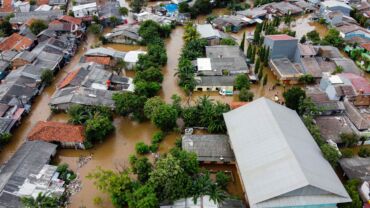QUESTION: We have been distributing the summary plan description (SPD) for our company’s ERISA 401(k) plan electronically to some employees for many years, but would like to use electronic delivery for more plan participants and beneficiaries. We understand that the DOL has expanded its guidance on posting ERISA-related materials on a website or delivering them by email. Can you tell us more?
ANSWER: In addition to the long-established DOL safe harbor for electronic delivery of ERISA-required documents (see our Checkpoint Question of the Week), in 2020 the DOL issued regulations adding two new safe harbor methods for delivering disclosures relating to ERISA retirement plans, including 401(k) plans. The additional safe harbor methods allow documents to be furnished by posting on an internet website (referred to as the “notice-and-access” method) or via email. Both methods may be used for disclosures required to be furnished to retirement plan participants and beneficiaries, such as SPDs, summaries of material modifications, summary annual reports, pension benefit statements, and blackout notices, but not for documents or information that must be furnished upon request. Here are highlights:
-
General Requirements. Each recipient must have provided the plan administrator with an email address or, for the notice-and-access method, a smartphone number. For employees, the employer may assign the electronic address (but not solely for delivery of covered documents). Before using either safe harbor, the plan administrator must provide covered individuals with an initial paper notification of default electronic delivery that, among other things, explains their right to receive one paper copy of any covered document free of charge, or to opt out of electronic delivery globally and receive only paper versions (again, free of charge). This initial notification must identify the electronic address to be used for the individual, provide any instructions necessary to access covered documents (e.g., regarding passwords) and, for the notice-and-access method, include a statement regarding how long the document must remain available on the website. Individuals already receiving ERISA documents electronically under the original safe harbor must receive this initial notice before receiving documents under either of the newer safe harbors. Employers can satisfy this initial notice requirement by including a copy in onboarding documents given to new hires, or by including it in enrollment materials.
-
Notice-and-Access Method. Under this method, no later than the date on which ERISA requires covered documents to be furnished, the documents must be made available on the plan’s website (or through a mobile phone app) and a notice of internet availability (NOIA) must be sent to each covered individual’s electronic address. The NOIA must contain prescribed information including the website address where the document is located, or a hyperlink, and be written in a manner calculated to be understood by the average plan participant. The regulations set forth requirements regarding the website’s accessibility, how long the document must remain available, formatting (including searchability and the ability to print and save electronically), and if applicable to the specific disclosure, protecting the confidentiality of personal information.
-
Email Delivery. Under this method, documents are delivered either in the body of an email or as an attachment. While the NOIA is not necessary when using the email method, the email that delivers a covered document must contain specific information similar to the content required for the NOIA. Requirements regarding formatting (including the ability to search, print, and save electronically) and confidentiality of personal information are similar to those for documents provided on a website.
Note that these safe harbors are not available for health and welfare plan disclosures—those remain subject to the original safe harbor standards (which also allow for posting on a website, but require affirmative consent from recipients without work-related computer access). Plans are not required to use a safe harbor method, but compliance with a safe harbor ensures that the DOL (and, generally, the courts) will find a plan’s electronic delivery method consistent with the requirement that documents be furnished by a method reasonably calculated to ensure actual receipt.
For more information, see EBIA’s 401(k) Plans manual at Section XXVIII.G (“Electronic Delivery of SPDs and Other ERISA-Required Documents”). For information about health and welfare plan electronic disclosures, see EBIA’s ERISA Compliance manual at Section XXIII (“Electronic Disclosure of ERISA-Required Documents”).
Contributing Editors: EBIA Staff.








